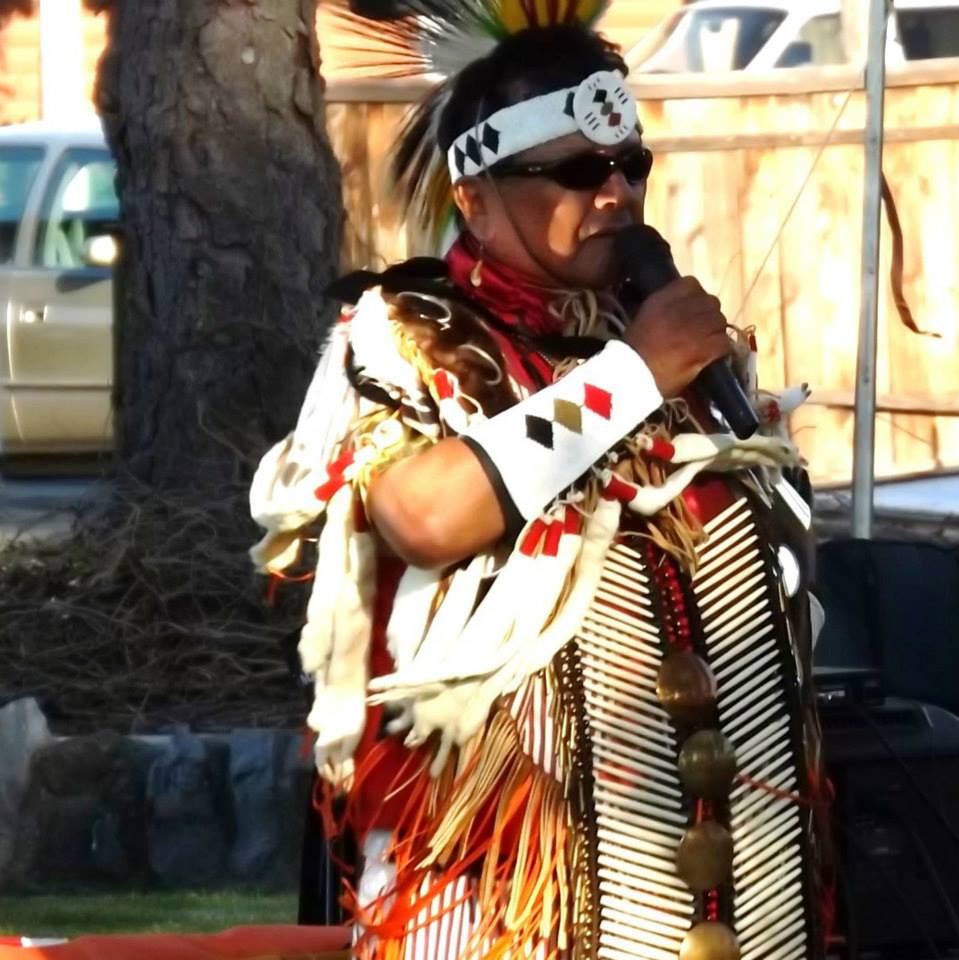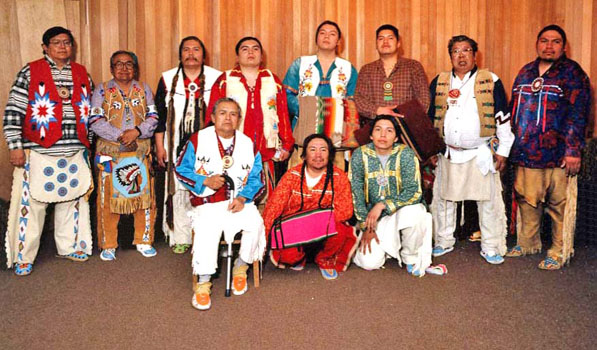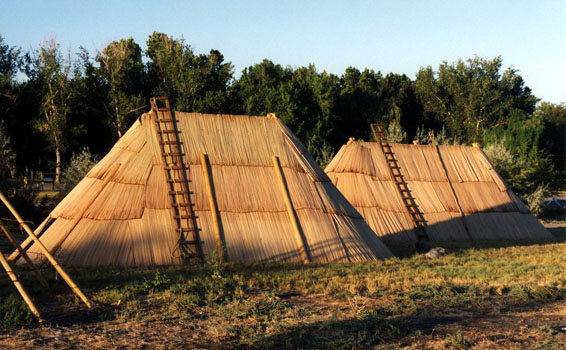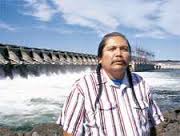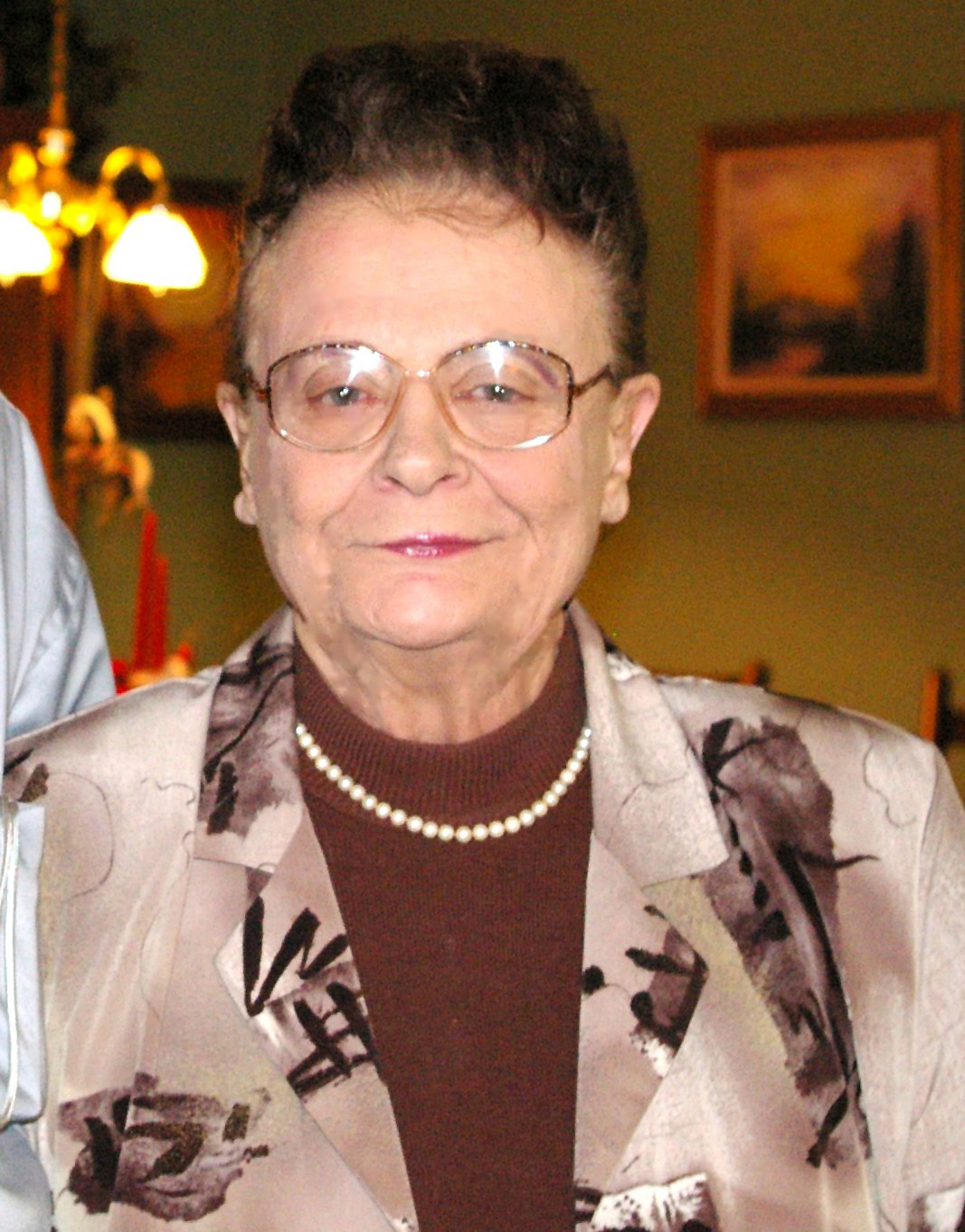The prophet Smohalla played an instrumental role in reviving the Dreamer Religion or Waashat, in the mid-nineteenth century. The Waashat preached a strictly regimented life style that directed members through one life, beyond death and into the next existence. Some believers of Waashat were thought to have received insight into the future. Smohalla spent much time in trances, listening to the prophecies. He was said to have predicted the arrival of dams, railroads and the shortage of salmon.
Under the leadership of Smohalla, the Wanapum refused to be placed on a reservation. They made their way back to Priest Rapids and the Waashat reappeared and spread throughout the area. The prophet Smohalla helped the Wanapum save their native customs by bringing back the Waashat.
History
The Wanapum made their homes along the Columbia River in an area known as the Columbia Plateau. They traditionally lived in small villages. The villages included mat lodges made from tules for housing and a longhouse for spiritual ceremonies.
Priest Rapids became a central location for the Wanapum because the location offered optimal fishing conditions. The Wanapum traveled regularly up and down the coast of the Columbia River for food and other resources. Their proximity to the river allowed the Wanapum to catch plentiful salmon. The Wanapum learned the ways of the land and discovered hundreds of ways to create medicines and other remedies from plants.
The arrival of Hudson’s Bay Company in the early 1800s increased the availability of western goods to the Wanapum and provided many with jobs. The early 1800s also saw the Wanapum culture transform. Settlers and missionaries arrived in increasing numbers and drastically changed the Wanapum way of life. Missionaries continuously attacked the Waashat religion. The arrival of settlers forced many tribes to submit to the pressures of the U.S. government and give up their land. The prophet Smohalla refused to surrender and led his people to Priest Rapids.
In 1870, an outbreak of smallpox left the Wanapum with just 300 living members. Within 30 years many of the Wanapum people became members of nearby reservations because of health, family connections, or employment opportunities. In 1930, the Wanapum population reached an all-time low with just 30 to 50 members. The Wanapum managed to preserve their traditions throughout the 1940s.
In the decades that followed, the Wanapum experienced various impositions on their land. The construction of the Hanford Plutonium Plant and the U.S. Army Training Center took nearly 1,000 square miles of Wanapum land. The Priest Rapid Dam and the Wanapum Dam forever changed their fishing and living routines.
The self-sufficient Wanapum chose to remain an unrecognized tribe, meaning they do not have obligations to nor receive support from the U.S. government. The Wanapum frequently join forces with other recognized tribes to further common causes. They work within their own group to preserve own culture and traditions. The survival of the Wanapum culture is evidence of the determination and strength of the people.
Cluture
The Wanapum, meaning “river people,” are one of the few Native American tribes who are still called by the name they chose for themselves.
The language of the Wanapum is a Sahaptin tongue similar to that of other Plains tribes. The Wasshat religion has played a large role in the survival of the language. Regular church services in the native tongue have aided in the preservation of the language.
The Waashat was an integral part of everyday life for the Wanapum. The Wanapum assembled every week to sing and pray to the Creator. They performed ceremonies to celebrate the seasons, important events, and honor the Creator. The Wanapum people believed in their responsibility to care for one another and the Earth.
Government
Because the Wanapum are a traditional religious group, leadership is assumed through the practice of religion. The tribe does not employ any formal government. The religious leaders coordinate ceremonial activities, and village tasks are determined as resource, subsistence, or ceremonial needs arise. The Wanapum are communally focused with a central organization that is derived from the Waashat religion.
The Wanapum people are actively involved with the organizations and governments of their area. They work closely with many neighboring tribes, schools, the Public Utility District, the Army, the state, and other groups to achieve the greatest good for their people and community.

